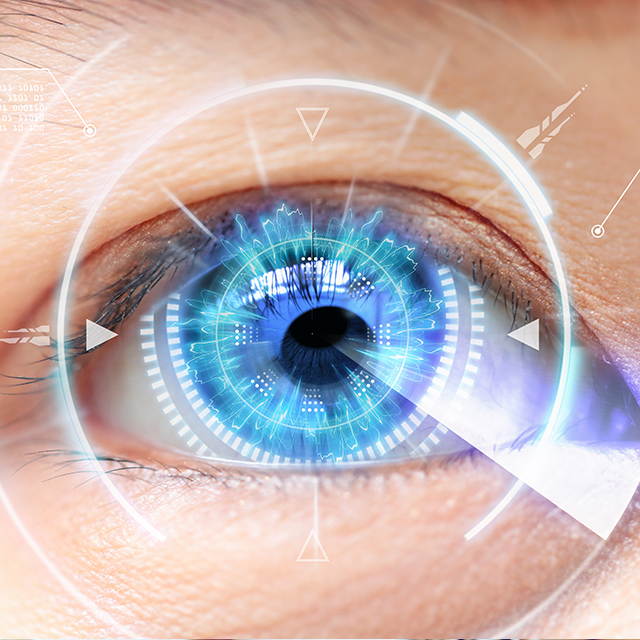Patient Education
Laser Eye Surgery

Laser Eye Surgery
Laser Vision Correction is one of the most exciting technological advances in the history of eye care. It is performed with an excimer laser which combines argon and fluoride gases to produce a "cool", ultra-violet light that does not cut or burn tissue. There are two ways of utilizing this extraordinary technology, PRK and LASIK. Both procedures are performed by an ophthalmologist specializing in Laser Vision Correction.
- LASIK
- PRK
Laser-assisted-in-situ keratomileusis (LASIK) is a procedure where an eye surgeon makes an incision (with either a laser or a blade) in the cornea to create a flap of tissue. The flap of tissue is lifted so the laser can be applied to reshape the inner layers of the cornea. The computer-controlled surgical laser carefully reshapes the layers of the cornea to repair imperfections in curvature that lead to distorted vision. The corneal flap is then put back in place and heals over the reshaped part of the cornea in a few days.
Photo refractive keratectomy (PRK) is a type of laser eye surgery designed to correct vision problems like nearsightedness, farsightedness and astigmatism. In PRK, the eye surgeon does not create a flap of corneal tissue. Instead, the outer layer of the cornea is removed to expose an area for a laser to reshape. This makes PRK a better choice for people whose eyes meet certain criteria, such as having thin corneas or chronically dry eyes.
Our doctors are highly trained in laser surgery co-management. Feel free to schedule you laser surgery consultation with us so we can refer you to the most reputable laser surgery clinic in your area. We can also conveniently manage your 1-day post laser surgery follow-up, as well as the 1-month, 3-month, 6-month, and 1-year follow-ups at no additional cost to you.